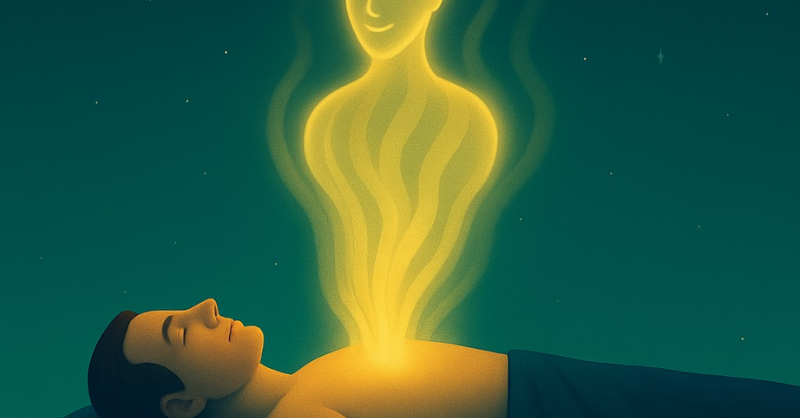
Have you ever locked eyes with someone whose gaze was such a vivid green it left you completely mesmerized? This rare and captivating eye color has fascinated people for centuries.
But behind its unusual hue lies more than just pigments—it tells a story of genetic heritage, ancient beliefs, and even some eye-care advice. So, what exactly makes people with green eyes so unique? Here are seven surprising facts.
A Rare Beauty That Turns Heads
It’s not a myth—green eyes are incredibly rare. Only about 2% of the global population has them. They’re more common in Northern and Central Europe—particularly in places like Hungary, Scotland, and England—but even there, they remain exceptional. Meeting someone with green eyes is a bit like stumbling upon a four-leaf clover.

An Instantly Magnetic Gaze
People with green eyes know it well—they never go unnoticed. This mysterious shade draws attention immediately, especially in regions where it’s uncommon. With its depth and subtle shifts depending on the light, green eyes are nearly impossible to ignore. They shimmer and change, revealing different layers and tones throughout the day.
Sensitive to Light—Handle With Care
Of course, that beauty can come with a downside. Like all lighter eye colors, green eyes are often more sensitive to natural light. That’s because they contain less melanin, which means less protection for the retina. As a result, prolonged sun exposure can easily lead to eye fatigue. So, wearing sunglasses with UV protection and getting regular eye checkups isn’t just smart—it’s essential.

A History of Misunderstood Mystery
Once upon a time, having green eyes could be dangerously misunderstood. In the Middle Ages, this eye color was often linked to witchcraft. If a woman had green eyes and red hair, she could be accused of sorcery with no further proof. These unfair and superstitious beliefs surrounded emerald gazes with suspicion for centuries—until society finally began to appreciate their unique beauty.
A Genetic Legacy Thousands of Years Old
It’s no coincidence that green eyes often run in families. Traces of this eye color have been found in populations dating back to the Bronze Age! Today, it remains especially common among those with Celtic or Germanic ancestry. It’s a subtle yet powerful genetic thread linking generations through time.
A Rare Genetic Cocktail
Contrary to popular belief, eye color isn’t determined by a single gene. It results from a complex interaction between the mother’s and father’s DNA. To get green eyes, there needs to be a careful balance between brown pigment and lower levels of melanin. This mix creates a radiant green—sometimes with golden undertones. A true natural wonder.

A Living Gemstone That Changes With the Light
Did you know the color of green eyes can shift throughout the day? On a cloudy day, they may look darker, even hazel. In bright sunlight, they can shine like jade or emerald. This change happens because of the way light scatters across the stroma—the thin, reflective layer of the iris. The result? Every pair of green eyes is like a living gemstone, always changing, always unique.
To anyone who meets a green gaze—take a moment to look deeper. There’s more behind those eyes than just a color. They hold stories, mystery, and a kind of quiet magic that words can’t quite capture.




